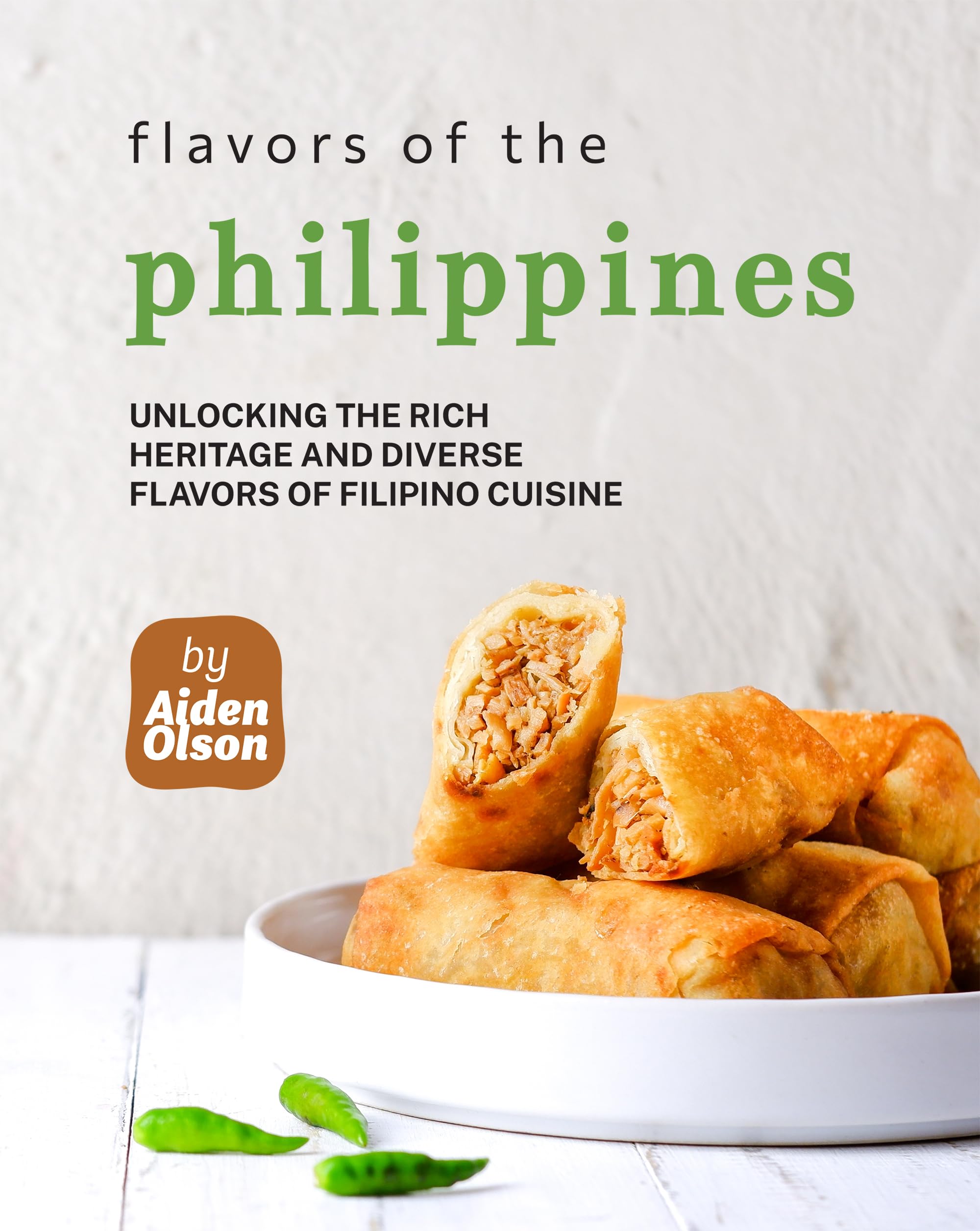Through extensive analysis and meticulous research, we have distilled the essence of Persian cuisine into this comprehensive guide. Our team of experts has carefully curated a wealth of information, providing readers with an unparalleled understanding of the techniques, ingredients, and cultural influences that shape this beloved cuisine.
| Key Differences | Key Takeaways |
|---|---|
| In-depth exploration of Persian cuisine's history, traditions, and cultural significance | Empowering readers to recreate authentic Persian dishes with confidence |
| Detailed recipes and step-by-step instructions for a wide range of Persian dishes | Enhancing culinary skills and expanding culinary knowledge |
| Comprehensive glossary of Persian culinary terms and ingredients | Deepening understanding of Persian cuisine's unique flavors and nuances |
Prepare to embark on a tantalizing adventure as you uncover the hidden treasures of Persian cuisine. "Bahar: Unlocking The Flavors Of Persian Cuisine" is your indispensable companion, guiding you through the intricacies of this culinary masterpiece. Embrace the vibrant flavors, aromatic spices, and time-honored techniques that have captivated palates for centuries.
FAQ
This FAQ section delves into commonly asked questions regarding the intricacies of Persian cuisine, providing enlightening insights and dispelling any misconceptions.

Unlocking the Potential of Synthetix Perps - Source blog.synthetix.io
Question 1: What are the defining characteristics of Persian cuisine?
Persian cuisine stands out with its vibrant combination of aromatic spices, tender meats, and an array of fresh herbs. It showcases a culinary heritage that deftly balances sweet, sour, and savory flavors, treating taste buds to an unforgettable symphony.
Question 2: How does the use of saffron contribute to the unique flavors of Persian dishes?
Saffron, treasured as "red gold" in Persian culture, is meticulously added to impart a captivating golden hue and infuse dishes with its subtly floral and earthy notes. Its delicate touch enhances the flavors of various culinary creations, gracing opulent rice dishes and decadent desserts.
Question 3: What are some common misconceptions about Persian food?
Contrary to popular belief, Persian cuisine is not excessively oily or reliant on complex culinary techniques. Instead, it emphasizes the freshness and quality of ingredients, showcasing their natural flavors. While meat is often featured, vegetarian and vegan options abound.
Question 4: How has Persian cuisine influenced global culinary traditions?
The legacy of Persian cuisine extends far beyond its borders, leaving an indelible mark on culinary cultures around the world. From the introduction of rice cultivation to the proliferation of fragrant spices, Persian culinary practices have played a pivotal role in shaping global gastronomic landscapes.
Question 5: What are the cultural and historical factors that have shaped Persian cuisine?
The diverse landscapes of Persia, from mountainous regions to coastal plains, have contributed to the region's culinary tapestry. Cultural exchanges with neighboring civilizations, such as Greece, India, and Arabia, have further enriched its flavors, resulting in a rich fusion of culinary influences.
Question 6: How can one recreate the flavors of Persian cuisine at home?
With careful ingredient selection and a mastery of essential techniques, it is possible to replicate the vibrant flavors of Persian cuisine in home kitchens. The key lies in sourcing authentic spices, marinating meats to perfection, and balancing flavors harmoniously.
In conclusion, this FAQ section offers a glimpse into the multifaceted world of Persian cuisine, its culinary principles, and its enduring legacy. Embarking on a culinary journey into this rich tradition promises a tantalizing adventure for the taste buds.
Transitioning to the next article section, we delve deeper into the delectable dishes that define Persian cuisine, exploring their origins, ingredients, and techniques.
Tips
Unlocking the delectable flavors of Persian cuisine requires not only a passion for culinary exploration, but also the mastery of a few essential techniques. Bahar: Unlocking The Flavors Of Persian Cuisine offers invaluable insights into the nuances of Persian cooking, providing expert tips that elevate your culinary skills:
Tip 1: Embrace the Art of Layering Flavors
Persian cuisine is renowned for its intricate blend of aromatic spices and herbs. To achieve this symphony of flavors, layer various spices in sequence, allowing each to infuse its distinct essence into the dish. Start with a base of sautéed onions and garlic, then gradually introduce cumin, turmeric, coriander, and cinnamon. Don't be afraid to experiment with different combinations to create your own signature spice blends.
Tip 2: Master the Technique of Tahdig
Tahdig is the crispy, golden-brown layer of rice that forms on the bottom of a pot during cooking. It is a beloved delicacy in Persian cuisine, and achieving the perfect tahdig requires precision. Choose a heavy-bottomed pot, bring the water to a boil, then reduce heat and allow the rice to simmer gently. When most of the liquid has been absorbed, drizzle a small amount of oil around the edges of the pot and let it crisp up, creating that irresistible layer of flavor.
Tip 3: Enhance Flavors with Fresh Herbs
Fresh herbs are an integral part of Persian cooking, adding vibrancy and depth to dishes. Parsley, cilantro, tarragon, and dill are commonly used, and they can be incorporated at various stages of cooking for optimal flavor extraction. Sprinkle them over kebabs before grilling, add them to stews and rice pilafs, or use them as a garnish to brighten up the presentation.
Tip 4: Experiment with Sour Ingredients
Sour flavors provide a refreshing contrast to the richness of many Persian dishes. Lemon juice, pomegranate molasses, and sumac are commonly used to balance the flavors and create a harmonious symphony on the palate. Try adding a squeeze of lemon to kebabs, marinating lamb in pomegranate molasses, or sprinkling sumac on grilled vegetables for a tangy and flavorful touch.
Tip 5: Pay Attention to Detail
In Persian cooking, presentation matters. Take time to arrange dishes aesthetically, garnish with fresh herbs and pomegranate seeds, and pay attention to the color and texture of each element. This attention to detail elevates the dining experience and makes each meal a feast for both the eyes and the taste buds.
By embracing these tips, you can unlock the secrets of Persian cuisine and recreate the authentic flavors that have captivated palates for centuries.
Bahar: Unlocking The Flavors Of Persian Cuisine
The term "Bahar" in Persian cuisine refers to the vibrant season of spring, a time when nature's abundance manifests in the freshest and most flavorful ingredients. This season brings forth six key aspects that unlock the true essence of Persian culinary artistry.
- Fresh Herbs: Mint, basil, cilantro, and parsley add aromatic vibrancy.
- Seasonal Fruits: Ripe berries, pomegranates, and apricots add sweetness and texture.
- Floral Aromatics: Saffron, rose petals, and orange blossom water infuse dishes with delicate fragrances.
- Grilled Meats: Lamb, beef, and chicken cooked over open flames add smokiness and richness.
- Stews and Soups: Hearty dishes like khoreshts and aash combine vegetables, meats, and herbs for comfort and warmth.
- Sweets and Pastries: Pistachio-filled pastries, fragrant rice desserts, and refreshing sorbets provide indulgence and closure.
These aspects intertwine harmoniously to create a symphony of flavors that define Bahar's culinary charm. Fresh herbs burst with vitality, while seasonal fruits offer a sweet and tangy contrast. Floral aromatics add a hint of romance, and grilled meats provide a robust foundation. Stews and soups embrace the season's bounty, while sweets and pastries offer a delightful finish. Together, they paint a vibrant tapestry of flavors that showcase the boundless creativity and culinary heritage of Persian cuisine.

Unlocking iPhone 13 Without Passcode - Step-by-Step Guide | CitizenSide - Source citizenside.com

Buy Flavors of the Philippines: Unlocking the Rich Heritage and Diverse - Source www.desertcart.ae
Bahar: Unlocking The Flavors Of Persian Cuisine
"Bahar: Unlocking The Flavors Of Persian Cuisine" is a comprehensive guide to the culinary traditions of Persia. It provides an in-depth look at the ingredients, cooking techniques, and cultural significance of this ancient cuisine. The book is written by renowned chef and food writer Leyla Shams, who has spent years researching and teaching Persian cooking.

Order Online - Source order.toasttab.com
"Bahar" is an invaluable resource for anyone who wants to learn more about Persian cuisine. It features over 100 recipes, ranging from traditional dishes like kabobs and stews to modern interpretations of Persian classics. The book also includes a glossary of Persian ingredients, a section on the history of Persian cuisine, and tips on how to cook Persian food at home.
"Bahar" is a must-have for any serious cook or food lover. It is a beautifully written and photographed book that will inspire you to explore the rich flavors of Persian cuisine.
| Topic | Key Points |
|---|---|
| History of Persian Cuisine | Persian cuisine has a long and storied history, dating back to the Achaemenid Empire (550-330 BC). Over the centuries, Persian cuisine has been influenced by a variety of cultures, including Arab, Turkish, and Indian. |
| Ingredients of Persian Cuisine | Persian cuisine is known for its use of fresh, seasonal ingredients. Common ingredients include rice, lamb, chicken, fish, vegetables, fruits, and herbs. |
| Cooking Techniques of Persian Cuisine | Persian cuisine uses a variety of cooking techniques, including grilling, roasting, stewing, and braising. Persian dishes are often flavored with saffron, turmeric, and other spices. |
| Cultural Significance of Persian Cuisine | Persian cuisine is an important part of Persian culture. It is served at special occasions, such as weddings and holidays. Persian cuisine is also a popular tourist attraction. |